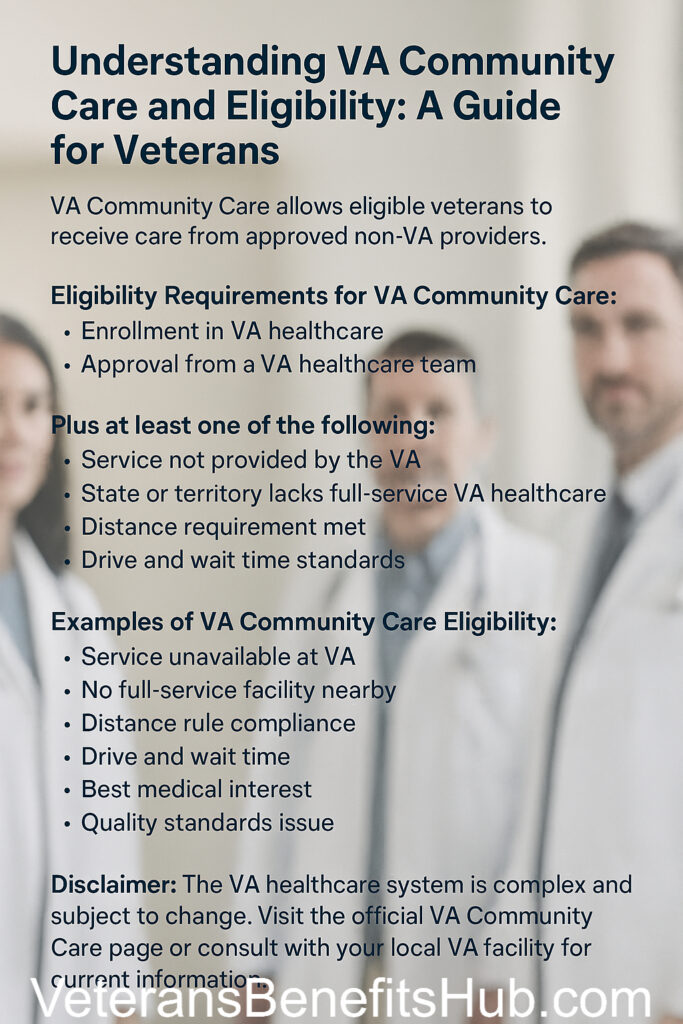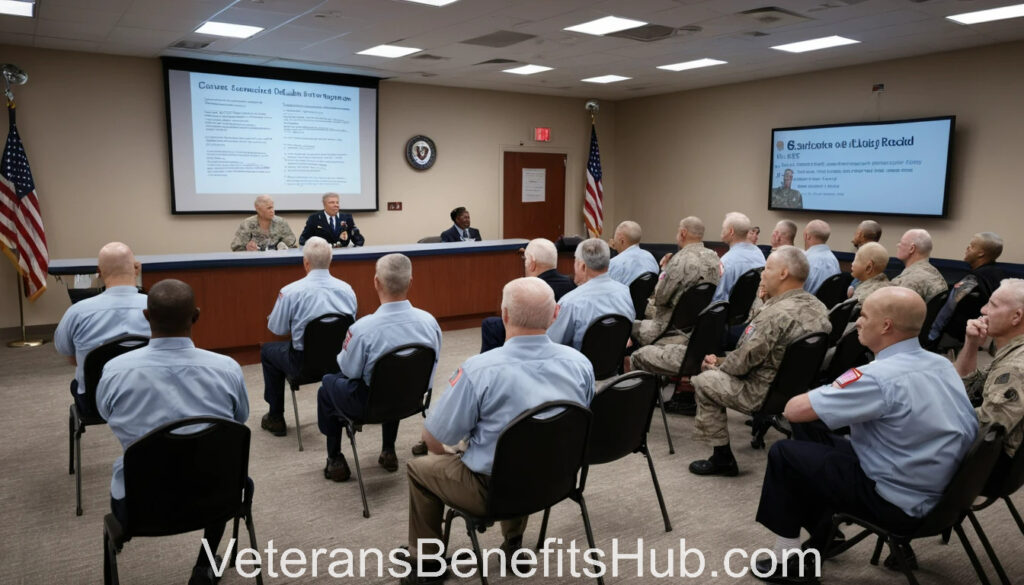Kate Monroe, CEO of VetComm: Helping Veterans Get the Benefits They Deserve

A recent interveiw with powerhouse advocate for Veterans—Kate Monroe, the founder and CEO of VetComm, an organization that has been delivering truly life-changing results for thousands of Veterans across the country.
Kate wears two hats: entrepreneur and Marine Corps veteran, and she brings that tenacity and drive to everything she does, especially in her mission to serve those who’ve served.
🎙️ The Journey to VetComm
VIT: Kate, thank you so much for being with us today. You’ve been incredibly busy, so we’re grateful you made the time.
Kate Monroe: I’m so excited to be here. I can’t wait to chat!
VIT: Let’s dive right in. VetComm has been an absolute game-changer for Veterans. I’ve been looking for a partner like you for years, and I’m so glad we connected. Tell us—who is Kate Monroe, and how did VetComm begin?
Kate: I’m a proud Marine Corps veteran, now rated at 100% disability—but that wasn’t always the case. I grew up in a small town, went to college, and then made the bold decision to join the military. The Marine Corps, as you can imagine, is tough for anyone, but especially for women. I faced significant hardships, including being assaulted and suffering severe physical injuries—broken bones, emotional trauma—you name it.
When I left the service early, I had this overwhelming sense of unfinished business. I’ve always been someone who finishes what I start. I went on to become an entrepreneur and even opened a car dealership just before COVID hit (great timing, right?). But it ended up being the only dealership open in my area, and that’s when something incredible happened.
Veterans began showing up to buy cars, and I noticed many weren’t even aware of the VA benefits they were entitled to. I started asking questions and helping them file claims. That snowballed. I helped over 200 Veterans get the compensation they deserved. Soon, they were sending friends and family. That’s when I realized—we had a real problem in the system, and I was the woman to solve it.
💡 VetComm’s Mission and What Sets It Apart
VIT: What an amazing story. The awareness problem is huge—Veterans not knowing they’re eligible, or being told they don’t deserve it. Unfortunately, there are a lot of bad actors out there who prey on Veterans. What makes VetComm different?
Kate: That’s a critical question. First, I always say there are four options when it comes to VA claims:
-
Do it yourself (often leads to analysis paralysis).
-
Go to a VSO (Veteran Service Officer) who might be overworked or undertrained.
-
Hire a law firm or predatory company that could cost $10,000–$15,000.
-
Work with VetComm.
We’re different because we’re all-in with you. We don’t just email instructions and wish you luck. We hold your hand through the entire process—from logging into VA.gov, filing your intent to file, taking a full inventory (head to toe, physical and mental), prepping for your exams, and beyond.
We prepare you for every step, especially when it comes to sensitive issues like PTSD or military sexual trauma. Our staff is heavily trained to support Veterans in a way that is empathetic, empowering, and effective.
We charge a flat fee upfront—$1,200 one-time, or 3 payments of $500, or 6 payments of $350. Why? Because we don’t believe in taking back pay that belongs to you. That’s your money. We invest our resources upfront to deliver fast, accurate results. And we’re proud of it.
⏱️ Fast Results and Real Support
VIT: One of the things I respect about VetComm is your proactive, full-spectrum approach. You don’t just chase one condition—you help Veterans file a strong, comprehensive claim the first time.
Kate: Absolutely. Our average turnaround time for a rating decision is just four months. That’s lightning fast in the VA world. Why? Because we prepare every claim like it’s going to be reviewed tomorrow. We help Veterans gather their medical evidence upfront, and we teach them how to communicate effectively during their exams.
This isn’t just a business for us—it’s a mission.
🔍 What Veterans Can Expect
VIT: For Veterans who are nervous or unsure—what can they expect when they first reach out to VetComm?
Kate: Great question. Here’s how it works:
-
Submit your info online.
-
A team member will call you to learn more about your service and current VA status.
-
You’ll have a detailed discovery call with a specialist who will help take a full inventory of your conditions, explain how your military experience connects, and identify potential claims or secondary issues.
-
They’ll walk you through our process and invite you to enroll.
-
If you say yes, your first appointment is scheduled right then and there—typically within 72 hours.
From there, you’re fully supported. We handle the tech, the paperwork, the strategy, and most importantly—we help reduce that Veteran anxiety and fear of the unknown. We’re like the Fast Pass at Disneyland, getting you to the front of the line.
❤️ The Impact
VIT: Final thoughts, Kate?
Kate: We’ve helped over 10,000 Veterans last year, and we plan to help 25,000 this year. Our total impact is now over $2.3 billion in lifetime earned benefits for Veterans. We’ve had Veterans say things like, “Thanks to you, we can afford the good cheese now.” That’s what this is about—dignity, security, and justice.
🧠 Key Takeaways
-
VetComm offers comprehensive, personalized claim support from start to finish.
-
Their flat-fee, upfront model prevents exploitation and ensures you’re treated like a client—not a case number.
-
Fast results (4-month average) and exceptional customer service set VetComm apart.
-
With over $2.3 billion secured in benefits, their track record speaks for itself.
🚨 DISCLAIMER:
VeteransBenefitsHub.com is not affiliated with the U.S. Department of Veterans Affairs (VA) or any government agency. The information provided in this article is for educational purposes only and does not constitute legal or financial advice. Always consult with an accredited VA representative or attorney before making decisions regarding your benefits. VetComm is a private organization that charges fees for its services.








